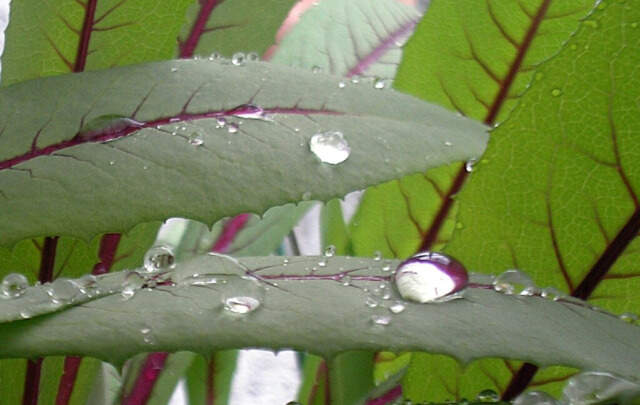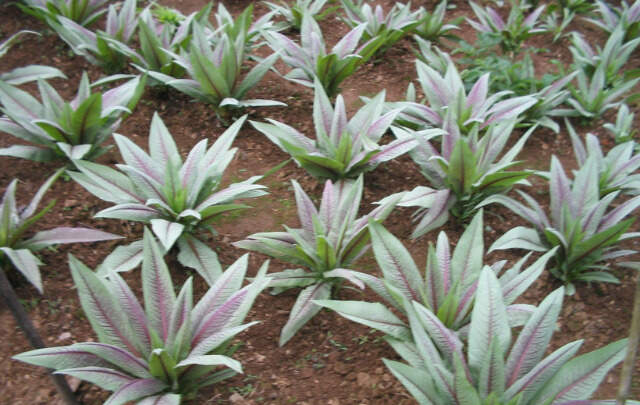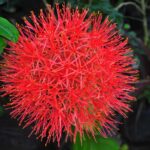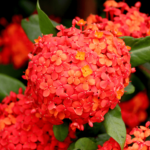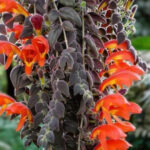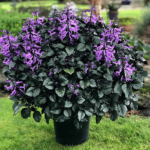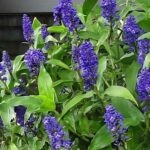The indian lettuce (Lactuca indica) is a little-known plant, not very common in people’s diets.
For this reason, it is classified as a UFD (Unconventional Food Plant).
Keep reading, as in this article, you will learn more about the benefits, characteristics, and how to care for indian lettuce.
Benefits of Indian Lettuce
Indian lettuce is an excellent plant option to include in your diet.
Its leaves have a less bitter taste than common lettuce, making it possible to use them raw or sautéed in salads.
It is rich in vitamin A, phosphorus, and a complex of vitamins B and C. It also has a high fiber content.
Consumption can be done with the leaves raw or sautéed, being widely used in salads.
Moreover, teas are prepared with its roots because it is believed that this tea acts as an expectorant.
How to Care
Indian lettuce is a hardy and easy-to-grow plant, especially if you live in warmer climates.
The first step to start cultivation is to acquire seeds for this plant, which can be found in gardening stores or online.
After that, just follow the care explained below to ensure your indian lettuce is healthy.
01 – Life Cycle
This is an annual plant, meaning its life cycle is one year.
To ensure high-quality leaves for your indian lettuce, it is recommended to harvest during this plant’s period.
02 – Soil and Planting
Its indian lettuce seeds can be planted directly in the soil or in a smaller container (seedbed), where, after sprouting (usually after 20 days), they should be replanted to a larger area, usually in the soil.
Below are some tips to provide suitable soil for your indian lettuce (Lactuca indica):
- This plant adapts to various types of soil.
- The ideal is soil rich in organic matter and with many nutrients.
- Also, ensure good drainage.
- We recommend a mixture with organic compounds, manure, and worm castings. You can also add some sand to improve soil drainage.
See below for more details on how to water this plant.
03 – Watering
Now that you have placed your indian lettuce in well-draining soil, watering is a simple care.
You need to keep the soil moist through regular watering, but avoid letting it become waterlogged, as this can lead to root rot.
Watering should be done during the morning or late afternoon, never during the hottest parts of the day.
04 – Lighting
Unlike plants like ferns, indian lettuce needs to receive direct sunlight.
So, plant it in a location where it can receive plenty of light.
05 – Fertilization
From time to time, adding a bit of organic matter to the soil can help in your plant’s development.
You can use organic fertilizers like manure, worm castings, etc.
06 – When to Harvest the Leaves
It is ideal to harvest the older leaves, allowing the younger leaves to develop.
Cut the leaves carefully, soak them in water, and cut the base before consuming. This is essential to remove the plant’s sap.
07 – The Importance of Seeds
To ensure a new crop of indian lettuce next year, it is ideal to have some seeds to plant new seedlings.
Usually, this lettuce reproduces itself through its seeds in plumes spread by the wind, but as this reproduction is not guaranteed, it is a good idea to keep a stock of seeds to produce new seedlings.
Plant Characteristics
indian lettuce, whose scientific name is Lactuca indica, belongs to the Asteraceae family, the same as dandelion and lettuce.
Originally from western China, covering the regions of Xinjiang and Tibet, extending through the Himalayas and reaching southwest Asia, to western Turkey. Despite its nickname Indian Lettuce, know that it is not native to India.
Its physical characteristics are striking, with leaves that can reach up to 30cm in length and 15cm in width, either completely green or with purple veins.
The flowers of indian lettuce can appear in shades of yellow, orange, and red.
With a short life cycle, lasting about 1 year, indian lettuce is also notable for its long, thin roots that help it penetrate the soil.
Its height can vary between 40 to 90cm (11,8 to 35,4 inches).
Conclusion
Indian lettuce is an excellent option both in cultivation and in nutrition.
I hope that after reading this article, you consider having a plantation of this species in your garden, as well as adding it to your diet.
Did you like this article? Then share it on your social networks by clicking on the buttons below.


